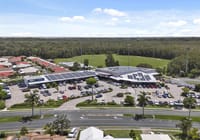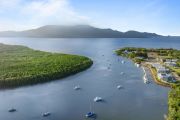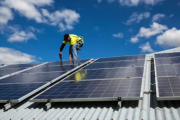Macadamia grower pays $12m for Queensland cane farm
A major macadamia nut grower and producer has snapped up a 623-hectare cane farm in Maryborough for more than $12 million with plans to eventually convert it to a macadamia orchard.
The sale highlights a growing trend whereby cane farms in major sugar-producing regions such as Maryborough and Bundaberg, north of Brisbane, are being converted to higher-yielding crops like macadamia and avocados.
Last year, a 124-hectare cane farm at Mahoneys Road, Bundaberg sold for $2 million to an Asian-based macadamia exporter.
Both of these sales were negotiated by Colliers International’s Trenton Hindman (alongside PRD’s Tony Nioa on the Maryborough sale) who said investment in macadamia had increased on the back of prices almost doubling in the past five years for the popular snack food.
“Buyers are investing in Queensland’s relatively inexpensive agricultural land and water, and converting it to tree crops that will yield higher returns – which is why macadamias have become popular,” Mr Hindman said.
He said a major challenge to the expansion of the macadamia industry was a shortage of trees. As a result, he said more cane farms were being repurposed in favour of macadamias.
The cane farm at Maryborough sold with a five-year lease in place to a multinational sugar producer, but beyond that will be converted to macadamia orchards.
“It’s basically a land bank and water bank investment,” Mr Hindman.
Australia is home to the world’s largest macadamia nut producer – Phil Zadro – whose Macadamia Processing Co grows and produces 7500 tonnes of macadamia a year from more than one million trees.
Mr Zadro, who is 85, started farming macadamia nuts in the northern rivers region of New South Wales almost 40 years ago, but has since expanded to Bundaberg, Emerald and South Africa. A recent acquisition was a 4500-hectare cotton farm in Emerald with around 600 hectares planted to macadamia trees.
Macadamia trees like almond take many years to reach maturity and require plenty of water. Recent technologies have made it possible to start harvesting the nuts as early as four or five years after planting.
“This particular property has well-established infrastructure in place, and ideal topography and scale for conversion to the mechanical harvesting of macadamias,” Mr Hindman said.











